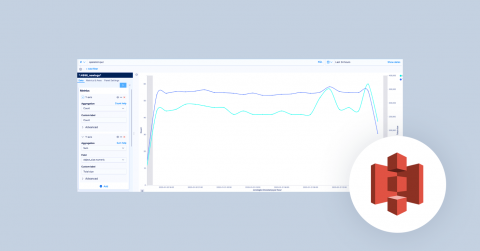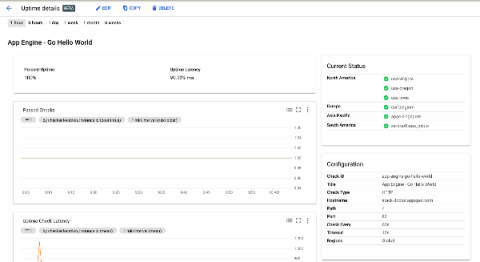Everything you need to monitor a website
Website downtime can cause serious damage not only for your reputation and brand image, but also in productivity, all of which leads to business losses. A Gartner survey revealed that website downtime can cost companies up to $5,600 per minute. Recently, the world's biggest online retailer, Amazon, experienced a technical blotch leading to their website being inaccessible for 13 minutes, costing the company around $2 million in revenue losses.











